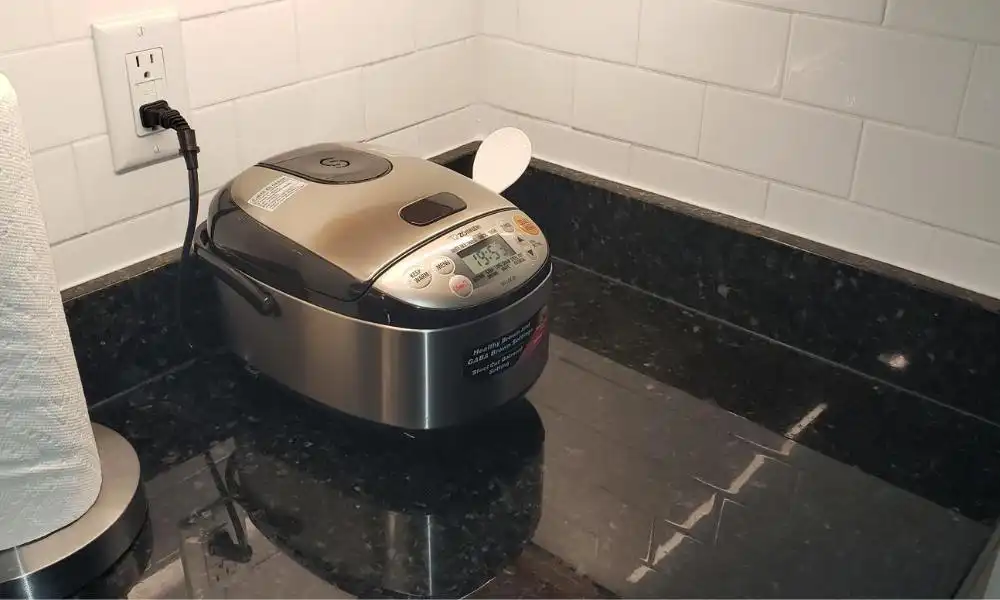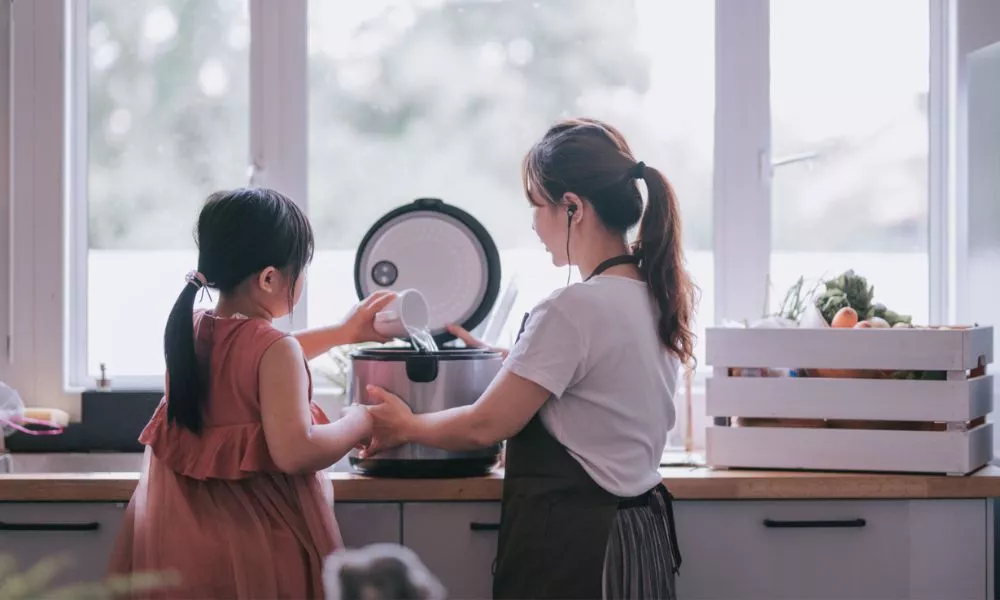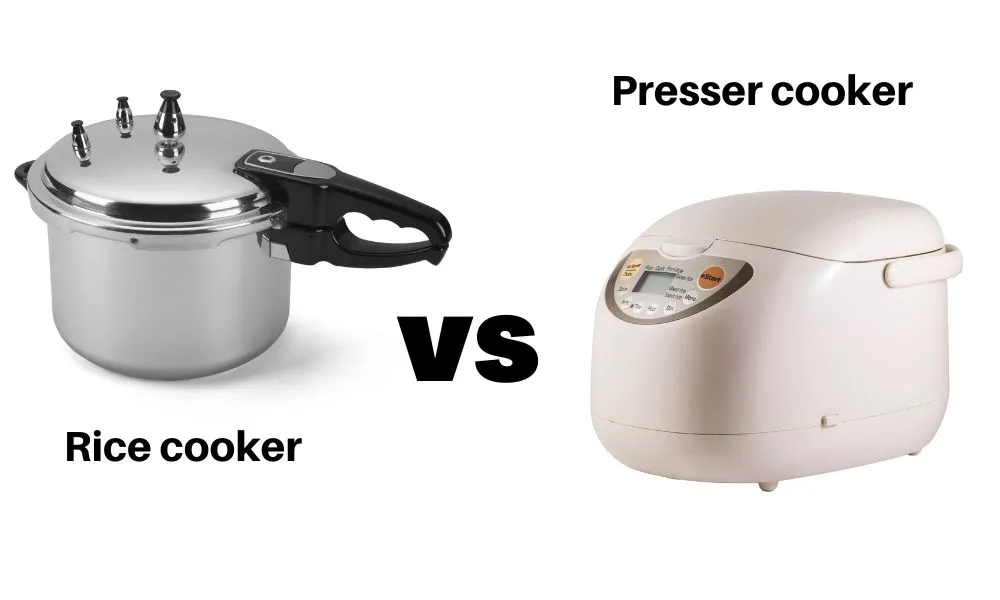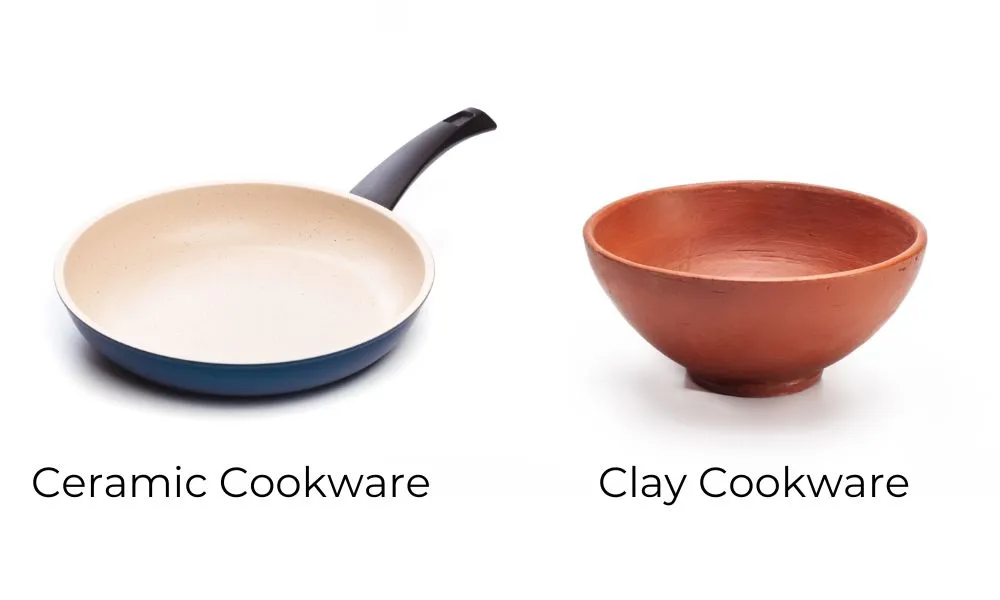The process of cooking rice can be a daunting task. Even with the right recipe and steps, it still takes time, patience, and practice to make perfect rice. However, with the help of a Japanese rice cooker, making delicious, fluffy grains is simple and convenient. This article will explore the Techniques with a Japanese Rice Cooker to cook perfect rice.
Techniques with a Japanese Rice Cooker
Choose the Right Rice
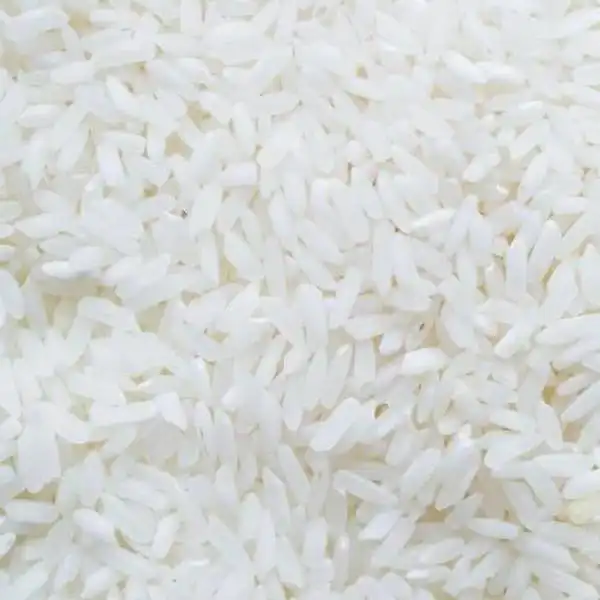
The first step to cooking perfect rice with a Japanese rice cooker is to choose the right rice. Japanese rice is different from other varieties such as long-grain rice, so it’s crucial to select the right kind. Look for short-grain Japanese rice, such as Koshihikari or Sasanishiki, to get the best results. These types of rice are stickier and have a sweeter taste than other types of rice, which makes them ideal for dishes like sushi and onigiri.
Rinse the Rice
Once you have selected the right type of rice, the next step is to rinse it thoroughly. Rinsing the rice removes excess starch and debris, resulting in fluffier rice. To rinse the rice, place it in a fine-mesh strainer and rinse it under cold water until the water runs clear. This process also helps to remove any impurities that may affect the flavor of the rice.
Measure the Water
The amount of water you use is critical to achieving perfectly cooked rice with a Japanese rice cooker. The general rule of thumb is to use a 1:1.1 or 1:1.2 ratio of rice to water. However, the ratio may vary depending on the type of rice and the desired consistency. It’s always best to follow the manufacturer’s instructions for your specific rice cooker. Most Japanese rice cookers come with markings inside the pot to help you measure the correct amount of water.
Soak the Rice
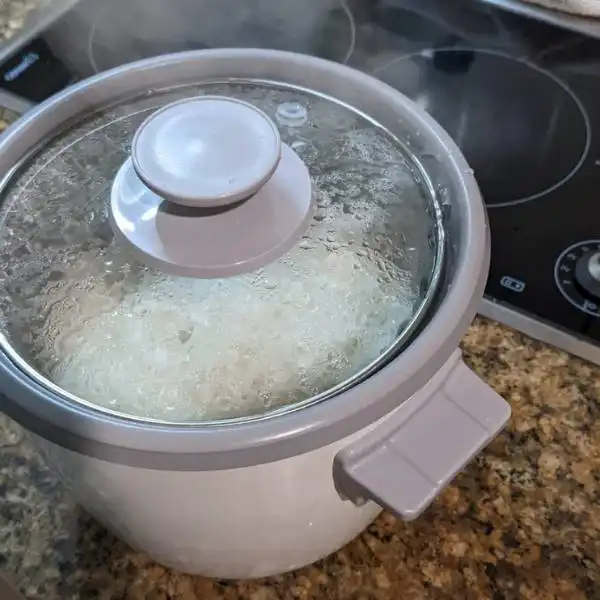
Soaking the rice before cooking can help to improve the texture and flavor of the rice. Soaking allows the rice to absorb water slowly, resulting in softer and fluffier rice. To soak the rice, add the rinsed rice and the correct amount of water to the rice cooker pot and let it sit for at least 30 minutes. Soaking time may vary depending on the type of rice, so be sure to read the manufacturer’s instructions.
Use the Right Cooking Setting

Most Japanese rice cookers come with different cooking settings, such as white rice, brown rice, and sushi rice. Using the right cooking setting can help to ensure that your rice is cooked to perfection. For example, if you’re cooking sushi rice, use the sushi rice setting to achieve the right texture and stickiness. Be sure to read the manufacturer’s instructions to determine the right setting for your specific type of rice.
Let the Rice Rest
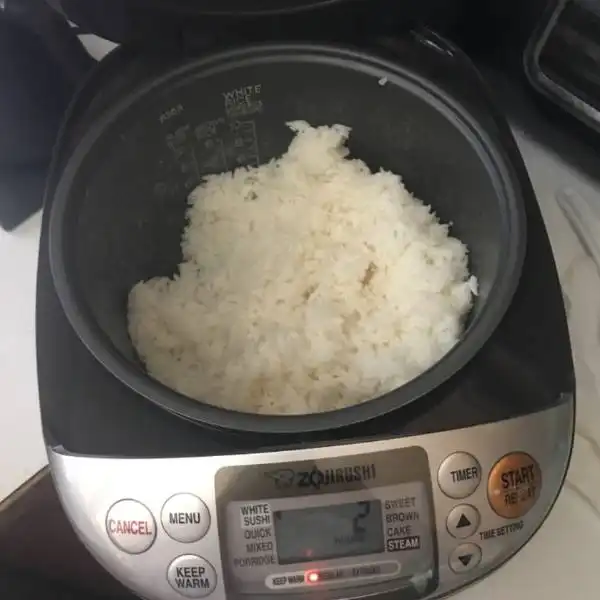
Let the rice rest for a few minutes after it has finished cooking in the rice cooker before serving. This enables the rice to absorb any moisture that may still be there and become fluffier. To prevent the rice from drying out during the resting phase, make sure the rice cooker’s cover is on. Depending on the rice variety and desired consistency, the resting period may vary, but as a general guideline, the rice should be allowed to sit for at least five minutes.
Experiment with Different Seasonings
Japanese rice is delicious on its own, but it’s also versatile enough to pair with various flavors. Try adding some furikake seasoning, soy sauce, or mirin to the rice before cooking to add some extra flavor. You can also add some vegetables, such as carrots or peas, to the rice for a healthy and colorful dish.
Additional Tips for Perfect Rice
Aside from the essential techniques, there are a few additional tips to keep in mind when cooking with a Japanese rice cooker. First, make sure to use a high-quality rice cooker to ensure consistent results. Cheaper rice cookers may not have as many features or may not cook the rice evenly, resulting in inconsistent or even burnt rice.
Another tip is to avoid lifting the lid of the rice cooker during the cooking process. This can release steam and affect the cooking time and consistency of the rice. It’s also essential to clean your rice cooker regularly to prevent any buildup or residue that may affect the flavor or performance of the appliance.
People Also Ask:
- Japanese Rice Cooker Can Revolutionize
- Types of Japanese Rice Cookers
- Tips for Perfectly Cooked Rice
- Tricks with Japanese Rice Cooker
- Innovative Ideas for Your Japanese Rice Cooker
- Dos and Don’ts of Japanese Rice Cooker
- Common Mistakes When Cooking Rice
Conclusion
In conclusion, cooking perfect rice with a Japanese rice cooker requires some technique and attention to detail, but with these five essential techniques, you can achieve fluffy and delicious rice every time. Remember to choose the right rice, rinse it thoroughly, measure the water carefully, soak the rice before cooking, and use the right cooking setting. Let the rice rest before serving and experiment with different seasonings to add some extra flavor. With these tips and a little practice, you can master the art of cooking perfect rice with a Japanese rice cooker.
